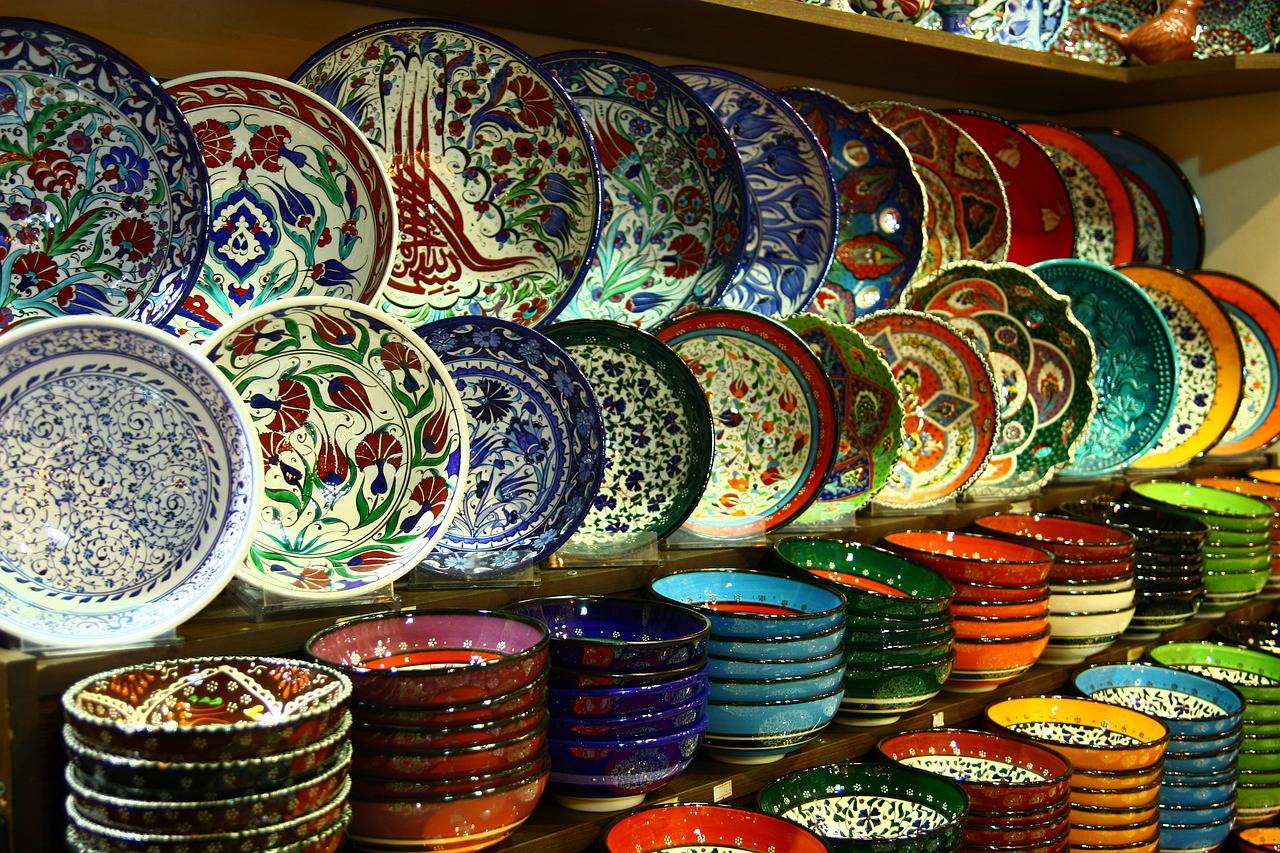Top Tips for Navigating Seasonal Shopping Trends
As the seasons change, so do shopping trends. By observing consumer behavior and market movements, it is evident that certain products peak in popularity during specific times of the year. For instance, in the spring and summer seasons, outdoor and recreational items such as gardening supplies, swimwear, and sunglasses tend to be in high demand as people embrace the warmer weather.
Conversely, as fall approaches, there is an uptick in purchases of cozy items like sweaters, boots, and hot beverages. Holiday seasons like Christmas and New Year also bring about a surge in sales of decorations, gifts, and party essentials. By staying attuned to these seasonal shifts in consumer preferences, businesses can effectively cater to the demands of their target audience and capitalize on the seasonal shopping trends.
Research Popular Products for Each Season
One of the key aspects of successful seasonal shopping is staying updated on the popular products for each time of the year. By researching and identifying trending items, you can ensure that your purchases are not only of high quality but also in line with current consumer preferences.
When exploring popular products for each season, consider the changing needs and interests of consumers. For example, in the summer months, items like outdoor furniture, swimwear, and grilling accessories tend to be in high demand. On the other hand, fall might see a rise in popularity of cozy sweaters, pumpkin-scented candles, and seasonal decorations. By understanding these patterns, you can make informed decisions on what to buy during different times of the year.
Set a Budget for Seasonal Shopping
When it comes to seasonal shopping, setting a budget is essential to avoid overspending and stay financially responsible. Before diving into any shopping spree, take a moment to evaluate your current financial situation and determine how much you can comfortably allocate towards seasonal expenses. Consider creating a separate budget specifically for seasonal shopping to keep track of your spending and ensure you don’t exceed your limits.
Once you have a clear budget in mind, prioritize your seasonal shopping list based on your needs and preferences. Identify the key items or experiences you want to invest in for each season and allocate a portion of your budget accordingly. By setting a structured budget and sticking to it, you can enjoy the thrill of seasonal shopping without the stress of financial burden.





